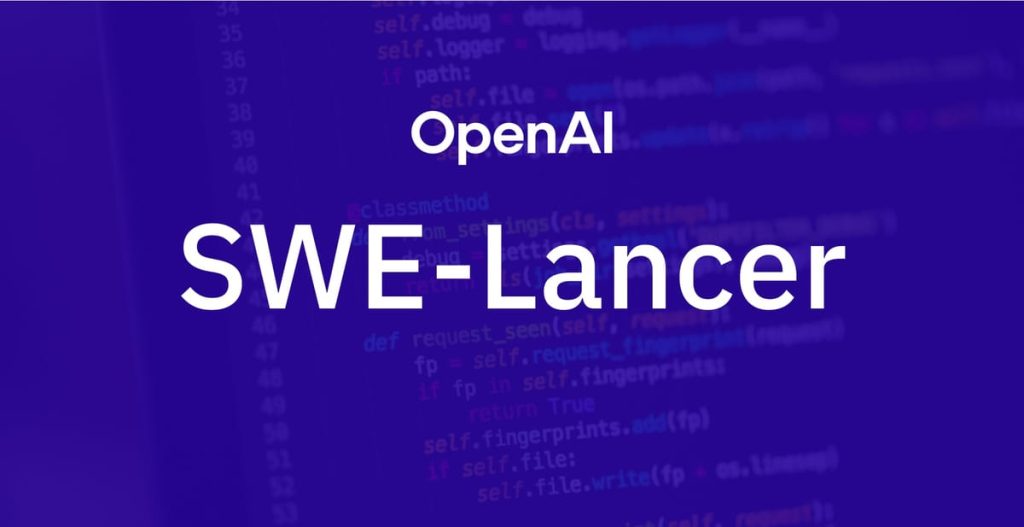
OpenAI’s New Benchmark Tests AI Models Against Real-World Software Engineering Tasks
Maginative | Author | Read the full article
OpenAI has introduced a new benchmark called SWE-Lancer, which tests how well AI models can perform real-world software engineering tasks compared to human freelancers. This benchmark uses over 1,400 actual tasks from Upwork, a popular freelance platform, with a total value of $1 million. The goal is to see if AI can match the skills of human software engineers in various coding challenges, from fixing bugs to developing complex features.
The results of the SWE-Lancer benchmark reveal that while AI has made significant progress in coding, it still struggles to keep up with human engineers. The top-performing AI model, Anthropic's Claude 3.5 Sonnet, managed to earn just over $400,000 from the available tasks, while other models, including OpenAI's GPT-4o, performed even worse. This indicates that AI has limitations when it comes to handling the full range of software engineering responsibilities.
By linking AI performance to actual earnings, OpenAI aims to provide a clearer picture of AI's capabilities in the software job market. They have also made part of the dataset available for researchers to explore ways to enhance AI's performance in tackling complex software engineering problems. Overall, SWE-Lancer highlights both the advancements in AI technology and the challenges that remain before AI can fully replace human engineers.
![US startups drive AI investments forward in 2025 [German] US startups drive AI investments forward in 2025 [German]](https://peeperfrog.com/wp-content/uploads/2025/04/2025-04-23T212418Z8648165297file-150x150.jpeg)
![They evaluate measures aimed at modernizing government services [Spanish] They evaluate measures aimed at modernizing government services [Spanish]](https://peeperfrog.com/wp-content/uploads/2025/03/2025-03-18T205850Z2025-03-664298599file-150x150.jpeg)
![Blue, the robot created in partnership between Nvidia, Google, and Disney [Las Mercedes (district in Caracas, Venezuela) - Venezuela] [Spanish] Blue, the robot created in partnership between Nvidia, Google, and Disney [Las Mercedes (district in Caracas, Venezuela) - Venezuela] [Spanish]](https://peeperfrog.com/wp-content/uploads/2025/03/2025-03-22T092040Z8601479438file-150x150.png)